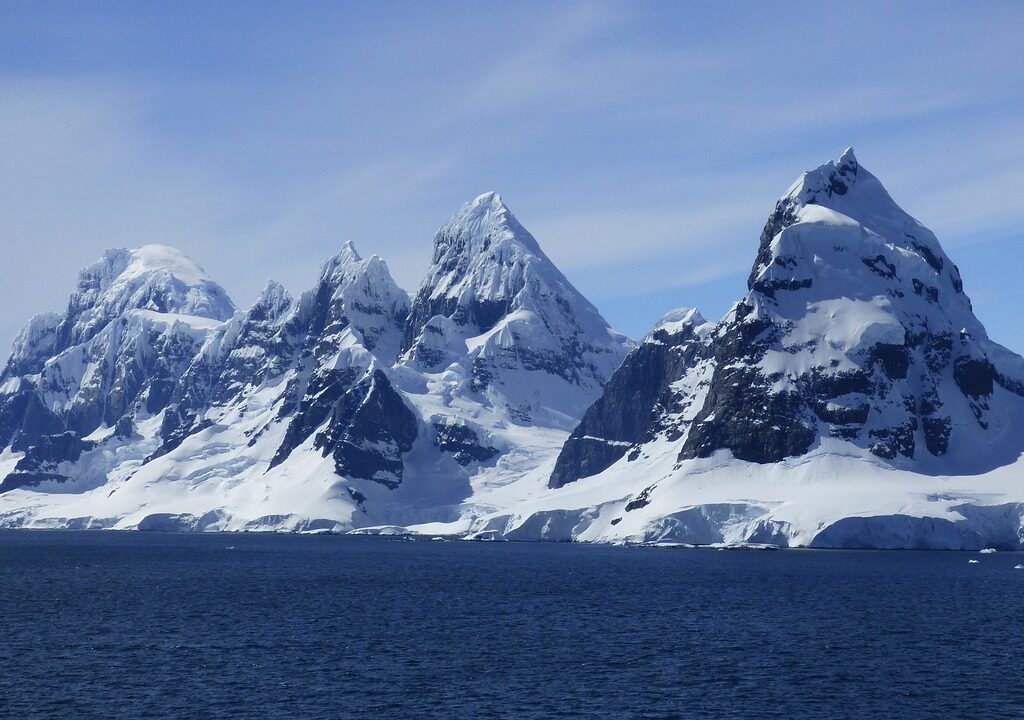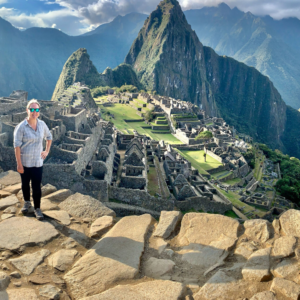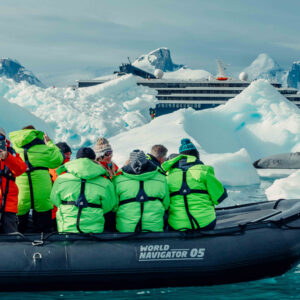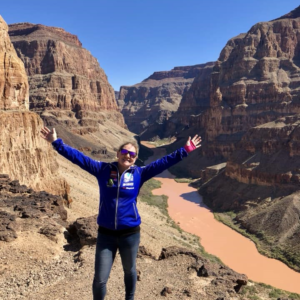
- Antarctica is the fifth largest continent on Earth, covering an area of around 14 million square kilometers.
- It is the coldest continent on Earth, with temperatures dropping as low as -128.6 degrees Fahrenheit (-89.2 degrees Celsius).
- Antarctica is the driest continent on Earth, with less than 8 inches (20 centimeters) of precipitation annually, which is mainly in the form of snow.
- It is the highest continent on Earth, with an average elevation of around 7,545 feet (2,300 meters).
- The Antarctic ice sheet is the largest single mass of ice on Earth, containing around 70% of the world’s fresh water.
- The Antarctic Peninsula is the northernmost part of the continent and is the most accessible area for tourists and research expeditions.
- The Southern Ocean surrounds Antarctica and is the world’s youngest ocean, having formed around 30 million years ago.
- There are no permanent human residents on Antarctica, although there are a number of scientific research stations and tourist facilities.
- The continent is home to a variety of wildlife, including penguins, seals, whales, and a variety of bird species.
- The first confirmed landing on Antarctica was made by a Russian expedition in 1820.
- Antarctica is governed by the Antarctic Treaty System, which is a set of international agreements that regulate activities on the continent.
- The treaty prohibits military activities and mineral extraction on the continent, and promotes scientific research and environmental protection.
- The ozone hole, which is a thinning of the Earth’s ozone layer, is most pronounced over Antarctica.
- The first successful crossing of Antarctica by land was made by British explorer Sir Vivian Fuchs in 1958.
- The Transantarctic Mountains divide the continent into two regions, East Antarctica and West Antarctica.
- The South Pole is located in the middle of the continent and is the southernmost point on Earth.
- The McMurdo Dry Valleys in Antarctica are the driest place on Earth, with some areas not receiving rainfall for over 2 million years.
- The first person to reach the South Pole was Norwegian explorer Roald Amundsen in 1911.
- Icebergs, which are large chunks of ice that have broken off from glaciers or ice shelves, are a common sight in the Southern Ocean around Antarctica.





